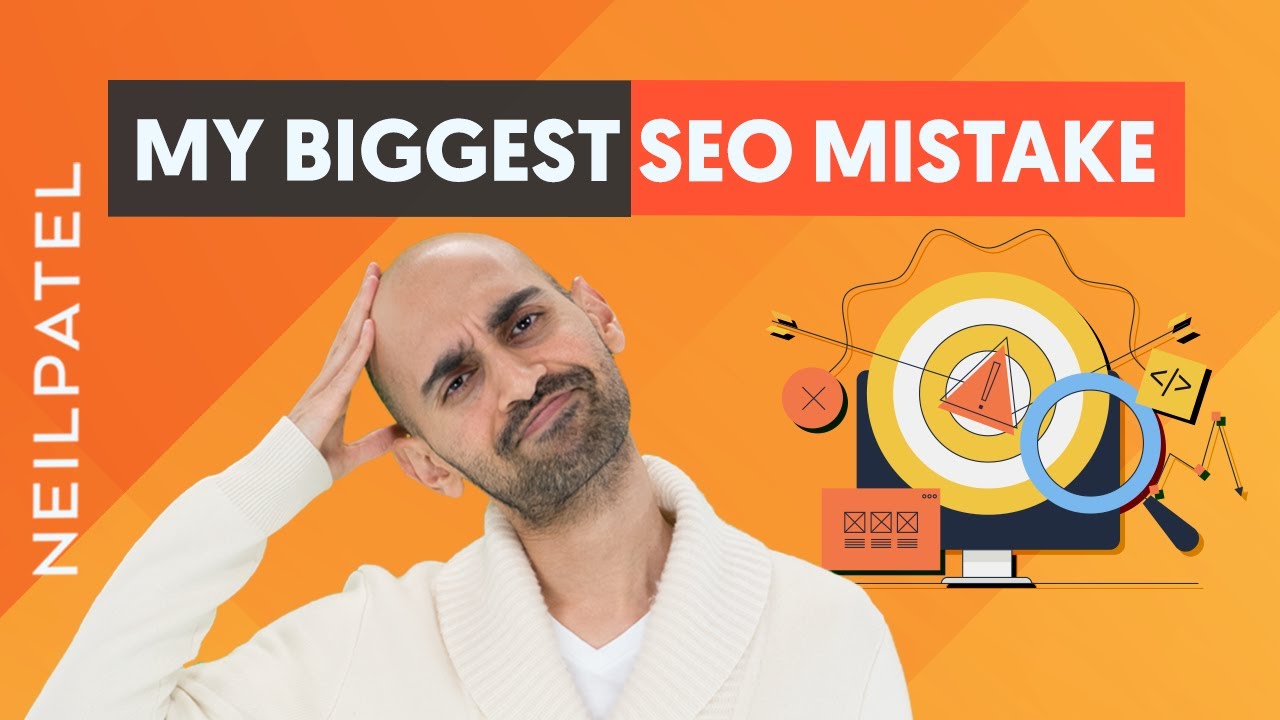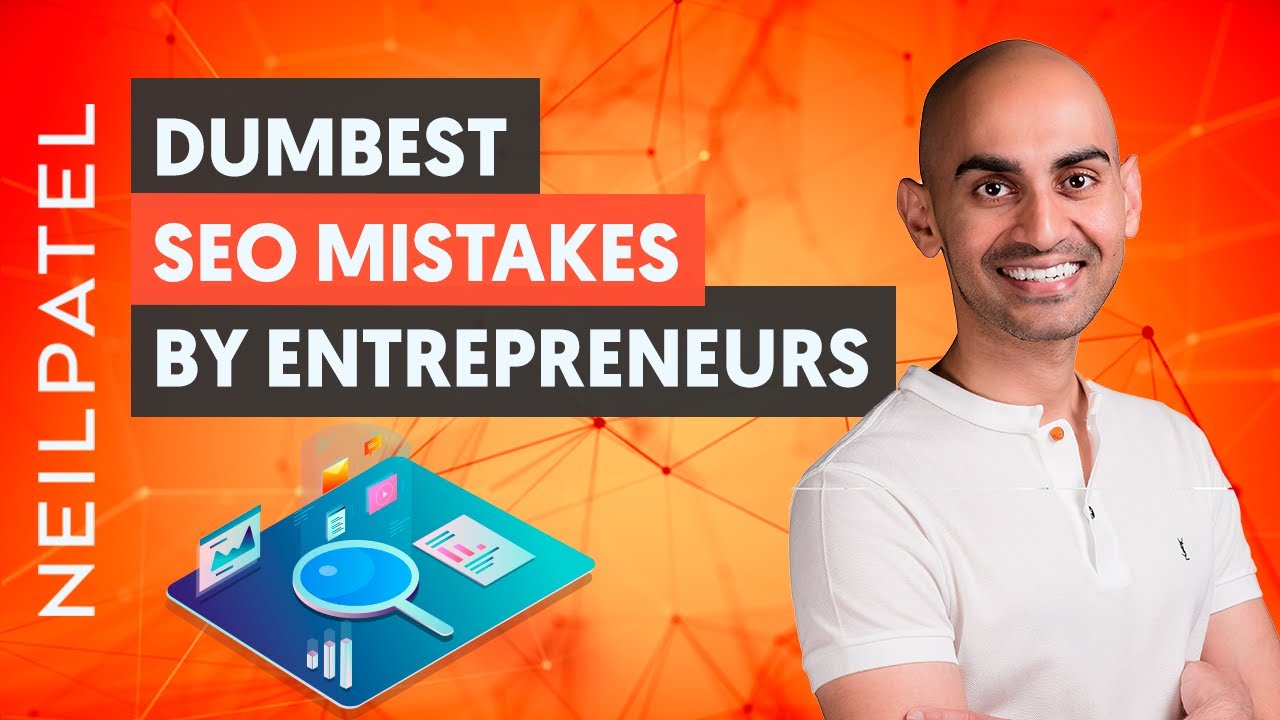Did you know that big brands replicate a very similar SEO strategy to each other? Do you want to know what it is? Today I’m going to break down seven secrets you can learn from big brands.
RESOURCES & LINKS:
____________________________________________
The ONLY Features You Need to Use in SEO Tools: https://youtu.be/uWxyKa7osh4
Social Media Marketing Tips For Every Brand (And What You Should Avoid at All Costs): https://youtu.be/FbBVrn_zaUk
Ubersuggest: https://neilpatel.com/ubersuggest/
____________________________________________
Number one, the brand itself is the main driver of SEO traffic. Keyword search value comparison, just look at this keyword, Nike, over five million searches a month versus shoes, 1.2 million, that’s just in the United States. In other words, more people are searching for Nike than they are for shoes. That’s the power of brand building. When you do things like TV advertising, radio advertising, social media advertising, content marketing, whenever you create a good product or service, that’ll help your brand progress, and that also helps your SEO.
Number two, they don’t have to build backlinks. See, most big brands will get backlinks without having to do any form of cold outreach. And all they have to really do is give PR, talk about stock earnings, release new products, they don’t really have to do much, and that’s how they’re getting backlinks.
And this leads me into my third point; they do tons and tons of PR, but it’s not for SEO, it’s for product sales. So let’s say Nike wants to release a new version of the Air Jordans, doing a big PR campaign will get that demand going so people are waiting in line and those shoes will sell out right when they come out. Same with Apple. They create all this pent up demand before they do their launch. And it just works extremely well. So PR is a really good strategy, and you should consider doing PR, there’s a lot of performance based PR agencies like PR Serve where they only charge you if they get you PR.
Number four, they invest in content at scale. You think of companies like Apple, you’re like, Neil, Apple doesn’t have much content. Even on NeilPatel.com I have thousands of pages, nowhere near Nike, or Apple, or Amazon, or any of these big guys, but over time I’ll have more and more pages, and that really helps getting more traffic assuming the pages are high in quality.
Number five, they leverage localization and translations to as many languages as possible in several international markets. Here’s the thing that people don’t tell you; SEO in English is competitive, SEO in languages like Portuguese or Hindi, or Swahili, not as competitive. So consider translating and transcribing your content because in these other regions there are buyers and people with money.
So you’re missing out on a huge chunk of traffic. NeilPattel.com you’ll see my content in German, Portuguese, Spanish, English, some even in Italian and German, and the list goes on and on. I even have certain pages in Japanese and Mandarin. I really have leveraged international translation because it brings more revenue, and more traffic.
Number six, they don’t have to do, and often don’t do as much SEO optimization. Because searchers will have their search intent mapped when they end up on the official page of their brand, Google will keep sending people their way. Their domain authority is so high that even making some mistakes, they’ll still rank high. Just think about it this way; when you go to Apple you know what you’re looking for.
You go there, you typically will buy some Airpods, or a phone, or a laptop, but the intent is there. So think about user experience and make sure that you are putting the user first and not Google first. And yes, in the short run that may not get you the rankings you want, but in the long run, it will.
Seven; they’re slow to change. Big companies are slow in decision making, it’s just how they are, and that’s okay. And with your business, you have to remember, you’re going to be faster than them, and that’s a good thing, but when big companies are slow, a lot of them, what they end up doing is, they really look at the data and they think about what changes to make.
And that really helps them because when they make changes a lot of times they’re much more calculated than startups, they’re just gun slinging and doing experiments.
Now that doesn’t mean you shouldn’t do experiments, or you should move slow, it just more so means that you should look at the data just like the big companies do.
► If you need help growing your business check out my ad agency Neil Patel Digital @ https://neilpateldigital.com/
►Subscribe: https://goo.gl/ScRTwc to learn more secret SEO tips.
►Find me on Facebook: https://www.facebook.com/neilkpatel/
►On Instagram: https://instagram.com/neilpatel/
#SEO #ContentMarketing #DigitalMarketing







 https://bit.ly/2eTfMOV
https://bit.ly/2eTfMOV RESOURCES
RESOURCES STAY IN TOUCH
STAY IN TOUCH

